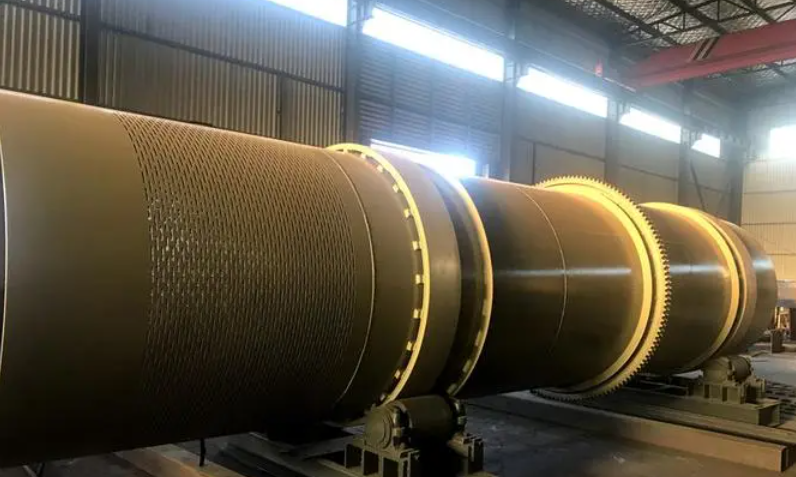How many neutrons can be packed into a nucleus before its disintegration? What factors contribute to the relative element abundances in the universe? These are inquiries that scientists aim to explore using radioactive isotopes. Such isotopes are exclusive to FRIB. With funding exceeding $500 million, they plan to continue their nuclear science research for the Department of Energy.
Located on the Michigan State University campus, the Facility for Rare Isotope Beams offers a unique scientific service for the nation: the creation of rare isotopes.
“Rare isotopes are versions of the chemical elements that you don’t find on Earth. So, on Earth, there’s one kind of gold but there’s actually 60 maybe more different kinds of gold that you could have,” said Bradley Sherrill, Scientific Director of FRIB. “Those different kinds of gold are called isotopes and the ones you don’t normally find on Earth, those are the rare isotopes. If you wanted to do an experiment on them, you would have to come to a place like FRIB.”
Currently, FRIB has the largest variety of rare isotopes, making it one of the only places in the world to visit for rare isotope research.
On Friday, FRIB secured a $529 million grant from the Department of Energy Office of Science.
“We will use this money from the Department of Energy to operate, to be able to provide the isotopes that the scientific user community needs,” Sherrill said. “And with this money from the Department of Energy Office of Science, we’ll support more than 1,800 scientists from around the globe and the interest in FRIB comes from over 50 countries.”
The research done at FRIB has an impact on everyday life. One example is the work F-RIB does testing electronics.
“With the beams that we have, we can simulate decades’ worth of radiation exposure in a matter of minutes,” Sherrill said. “That allows companies to make electronics that work better in space environments or just on Earth because there are cosmic rays, there’s radiation that’s natural in the environment and we can help make those things better.”
Next Wednesday, FRIB will host its annual Low Energy Community Meeting. This gathering assembles hundreds of scientists from the low-energy nuclear physics community to discuss forthcoming plans and initiatives.
